The Rise of Wheat Straw Material Tableware
In recent years, there has been a growing demand for eco-friendly alternatives to traditional disposable tableware. One such alternative that has gained significant attention is Wheat Straw Material Tableware. This innovative product not only offers a sustainable solution to reducing waste but also provides a safer and more environmentally friendly option compared to conventional plastics. In this article, we will explore the various aspects of Wheat Straw Material Tableware, including its environmental benefits, safety for children and infants, and the naturalness of its color.
Environmental Benefits of Wheat Straw Material Tableware
One of the most significant advantages of Wheat Straw Material Tableware is its biodegradability and compostability. Unlike plastic, which can take centuries to decompose, Wheat Straw Material Tableware breaks down naturally within a few months under composting conditions. This rapid decomposition helps reduce landfill waste and contributes to soil health. Additionally, the production process of Wheat Straw Material Tableware consumes less energy and water compared to traditional plastic production, further lowering its carbon footprint.
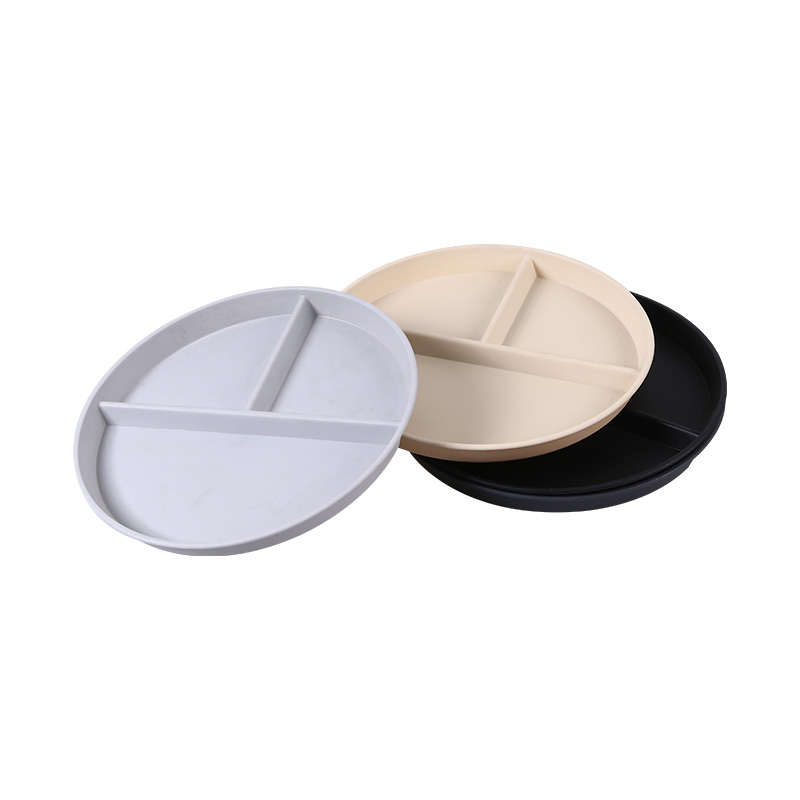
Another key environmental benefit is the reduction in greenhouse gas emissions. By repurposing agricultural waste, the production of Wheat Straw Material Tableware minimizes the need for virgin materials and reduces the emissions associated with burning or discarding wheat straws. This practice supports a circular economy and lessens the environmental impact associated with traditional plastic manufacturing.
Comparison with Plastic Tableware
When compared to plastic tableware, Wheat Straw Material Tableware offers several advantages. Plastic is derived from petroleum, a non-renewable resource, and its production results in higher carbon emissions. In contrast, Wheat Straw Material Tableware is made from an agricultural byproduct, making it a renewable and sustainable choice. Moreover, plastic tableware often contains harmful chemicals like BPA, which can leach into food and pose health risks. Wheat Straw Material Tableware, on the other hand, is BPA-free and non-toxic.
Safety for Children and Infants
Wheat Straw Material Tableware is an excellent choice for children and infants due to its non-toxic nature. These plates are free from harmful chemicals like BPA and phthalates, making them safe for all age groups. Additionally, they are lightweight and unbreakable, reducing the risk of injury from shattered plates. Their durability and safety make them ideal for daily meals, picnics, or even college dorm use.
Durability and Heat Resistance
Despite being made from agricultural waste, Wheat Straw Material Tableware is surprisingly durable. It resists cracking, bending, and breaking, even when used for heavier meals. The plates are also heat-resistant, making them suitable for serving hot foods and beverages without warping or releasing harmful substances. This combination of strength and heat tolerance ensures they perform well in various dining scenarios.
Natural Color and Pigments
The color of Wheat Straw Material Tableware is typically the natural color of wheat straw. This means that the plates have a warm, earthy tone that is both aesthetically pleasing and environmentally friendly. Some manufacturers may use food-grade pigments to add color to their products, but the base material remains the natural wheat straw. This ensures that the tableware remains non-toxic and safe for use with food.
Wheat Straw Material Tableware offers a sustainable and eco-friendly alternative to traditional plastic tableware. Its biodegradability, reduced carbon footprint, and non-toxic nature make it an ideal choice for environmentally conscious consumers. Whether used for daily meals, outdoor events, or for children and infants, Wheat Straw Material Tableware provides a practical and safe solution. By choosing Wheat Straw Material Tableware, we can contribute to a more sustainable future and reduce our impact on the environment.
Hot Products
-
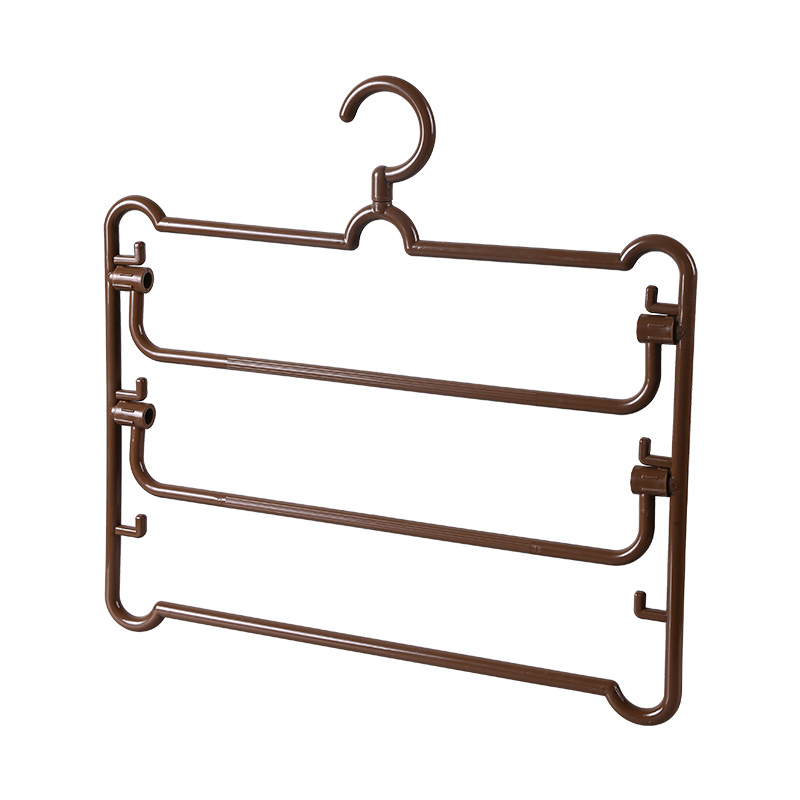
Plastic Pants Hanger (3 Bars)
-
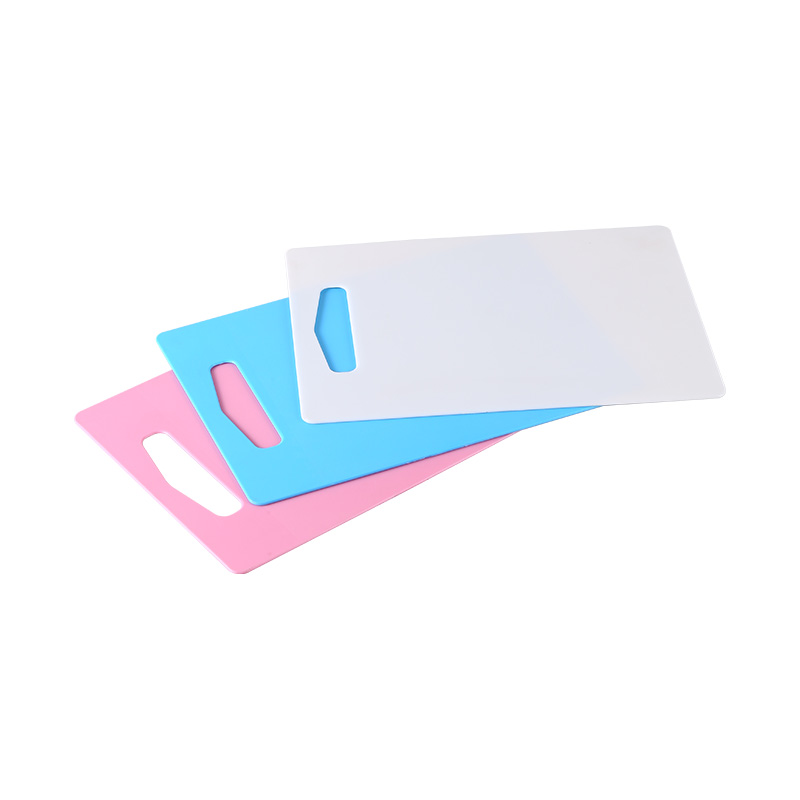
Plastic Chopping Board Food Cutting Block Mat Tool
-
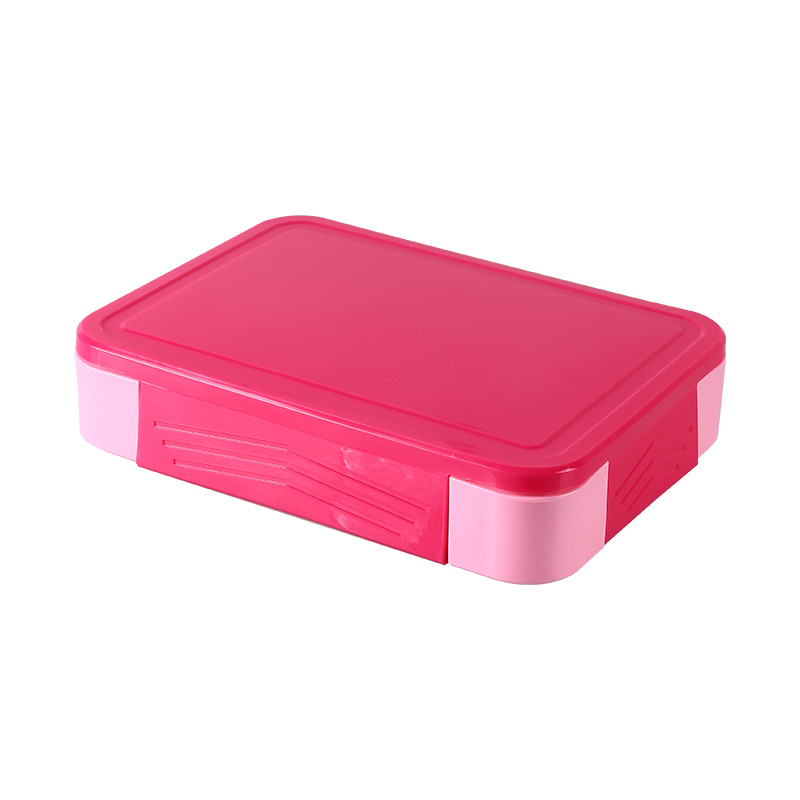
Food Storage Container For Adult Kids All-In-One Lunch Box
-
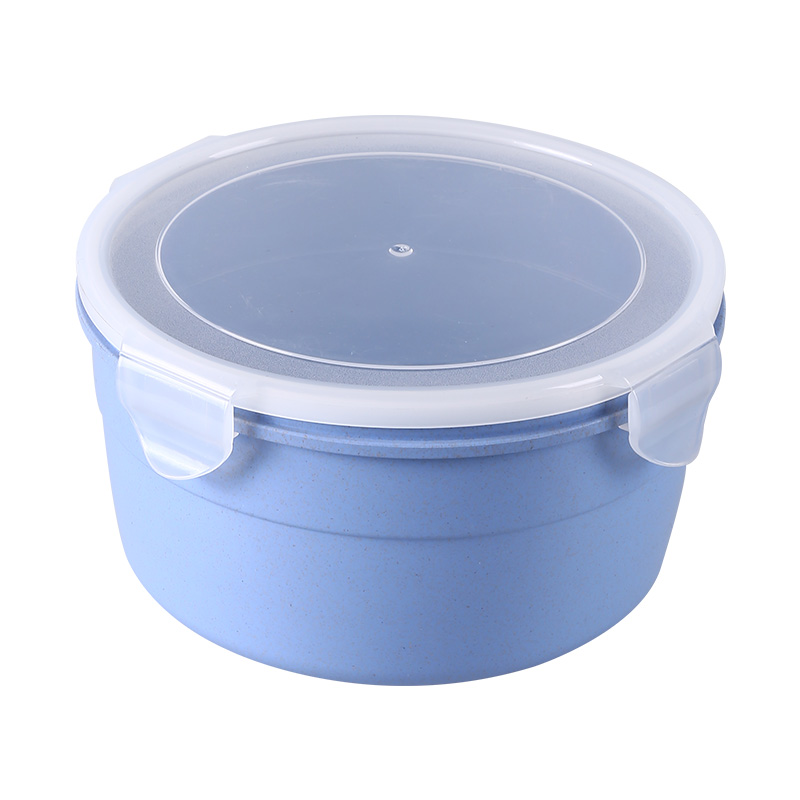
Mini Round Food Preservation Box
-
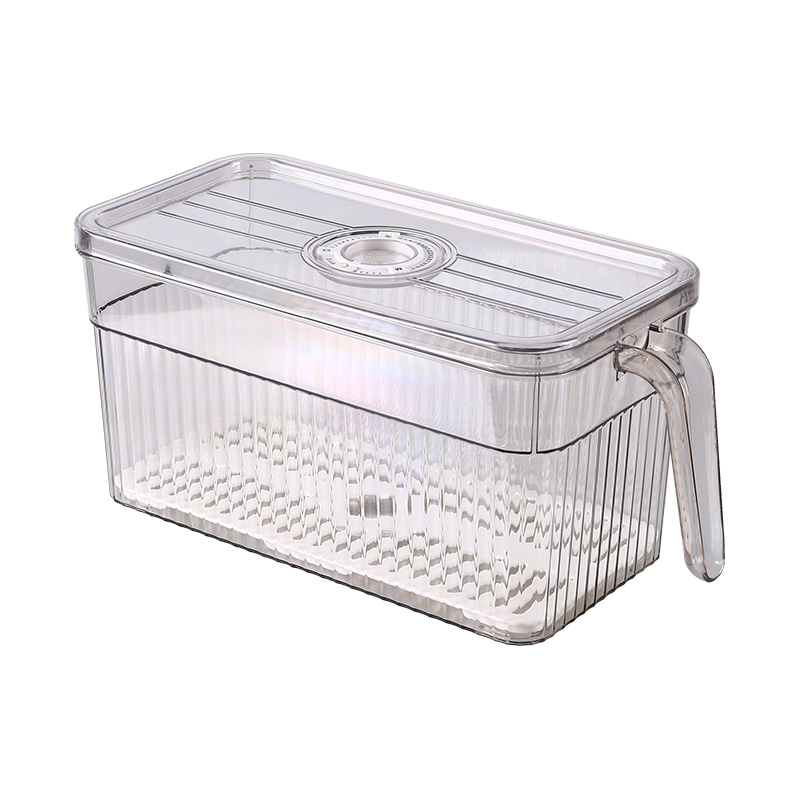
Refrigerator Storage Box Freezer Handle Storage Container
-
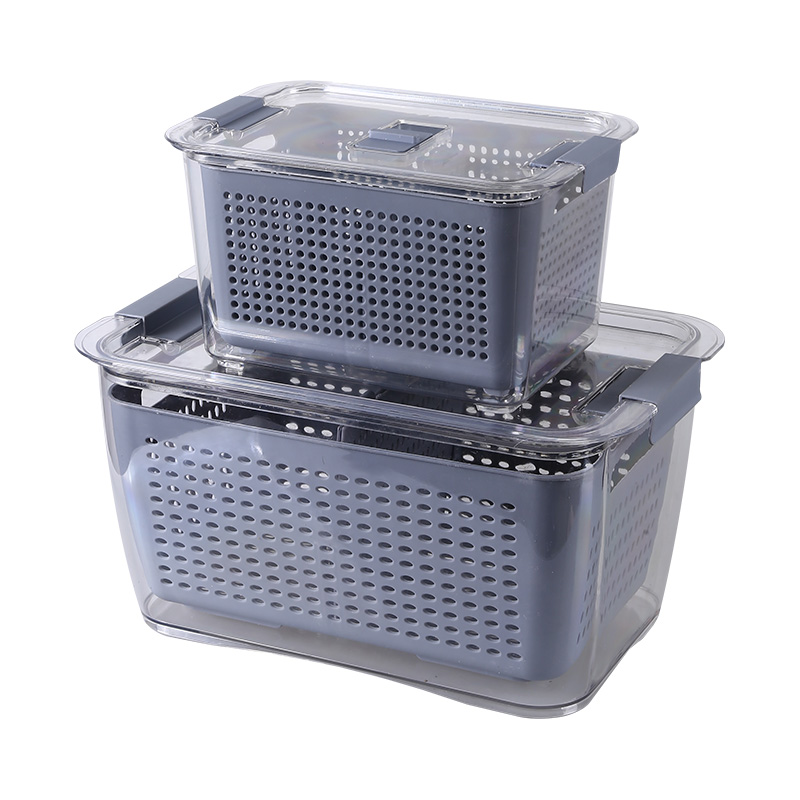
1pc Refrigerator Storage Box With Lid And Drain Basket Fruit Storage Containers Transparent Saver Container Food Organizer Bins
-
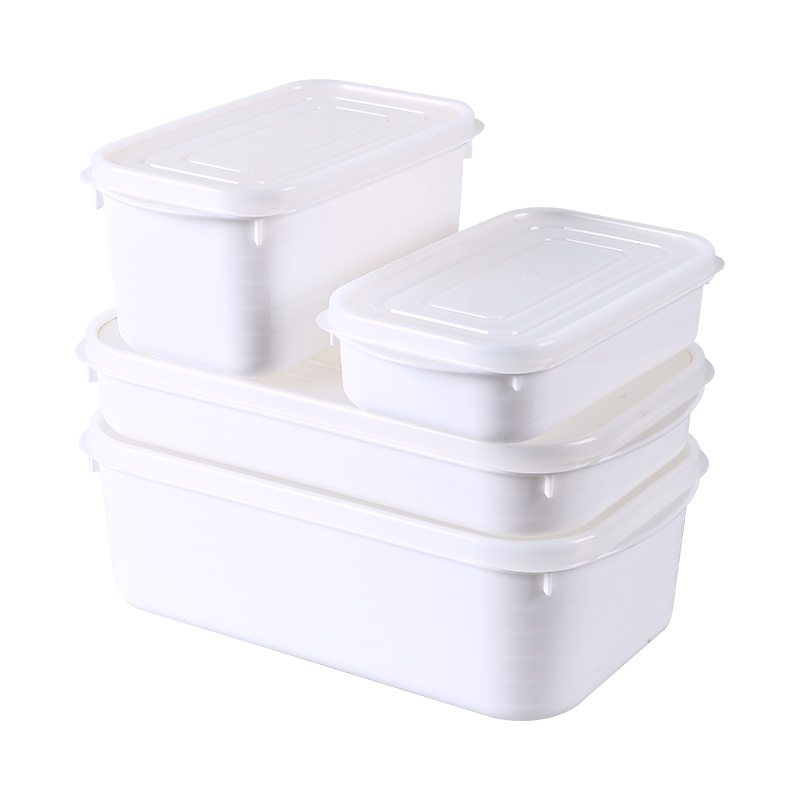
Food Storage Large Capacity Fresh-Keeping Eco Reusable Box Bento Food Leakproof Container
-
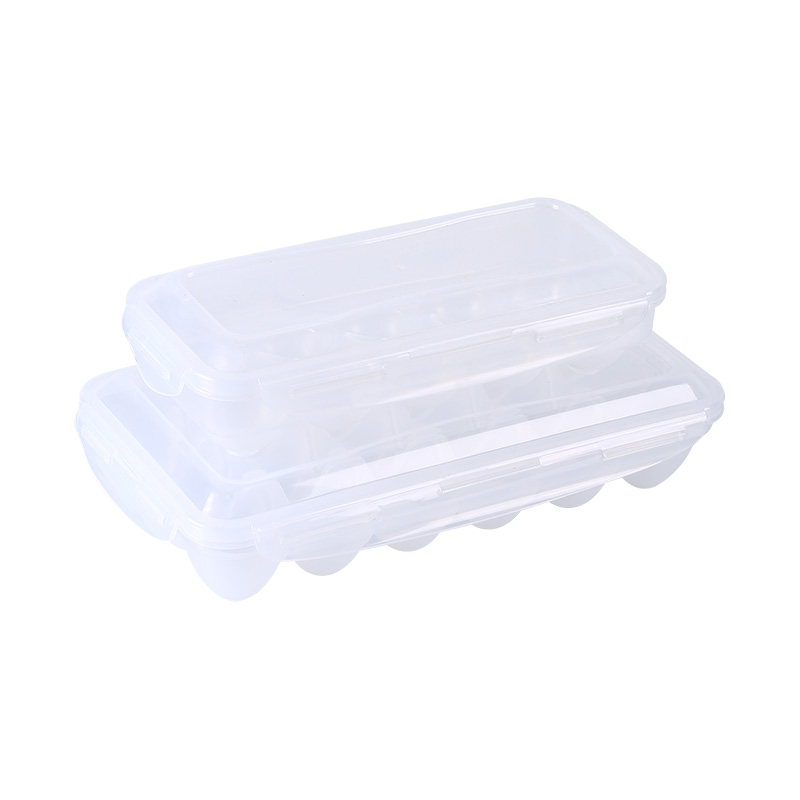
PP Plastic Egg Tray Storage Box
-
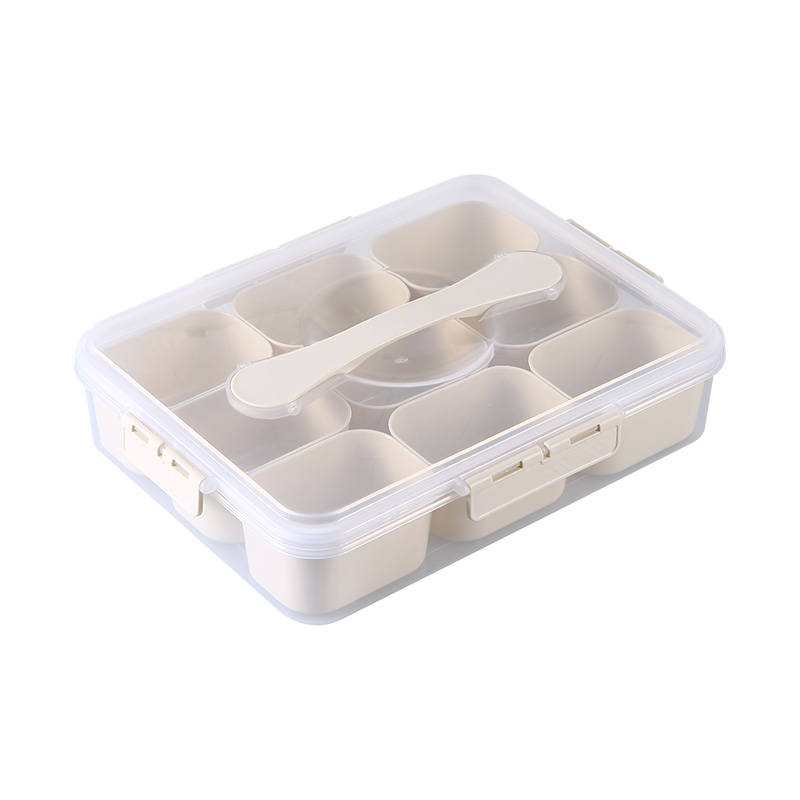
9 Compartment Divided Serving Tray With Lid And Handle Dried Fruit Storage Box
-
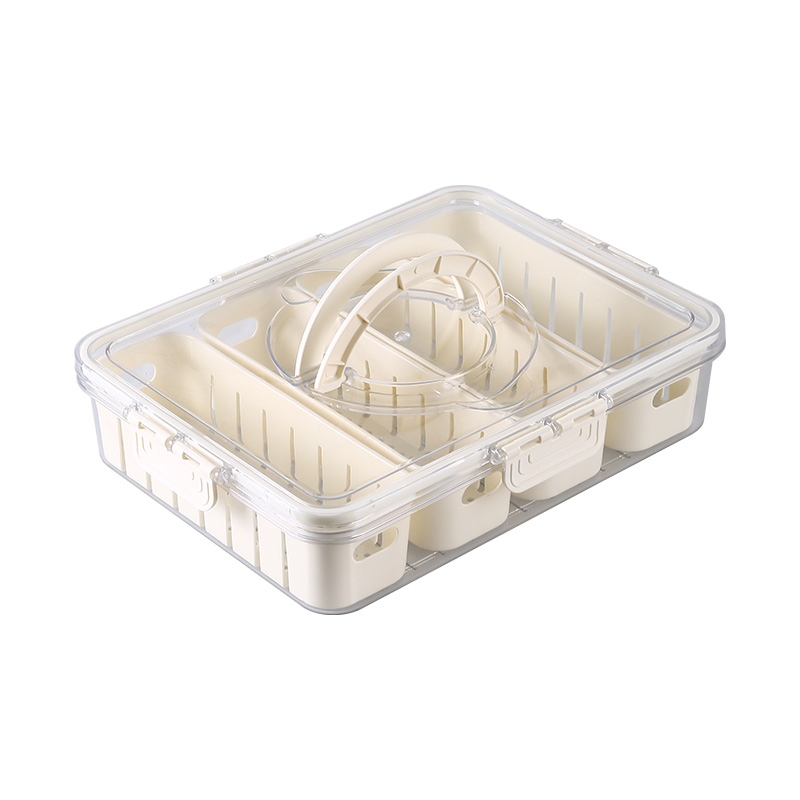
PP Material Handheld Fresh-Keeping Sealed Box Dry Food Classification Storage Box
-
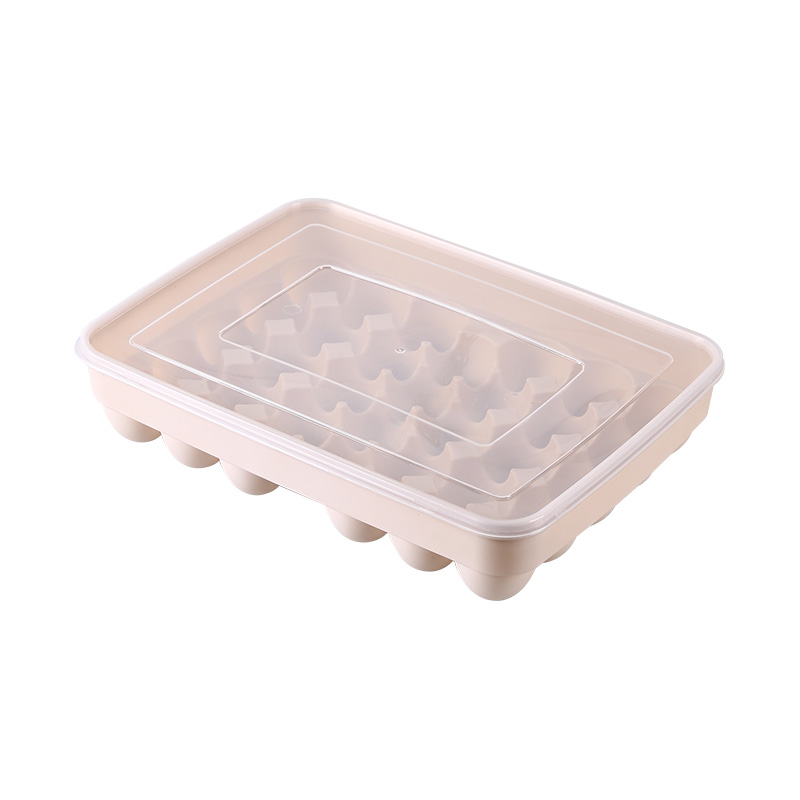
Refrigerator Storage Multi-Grid Egg Box Can Be Stacked With Cover To Food Preservation Box
-
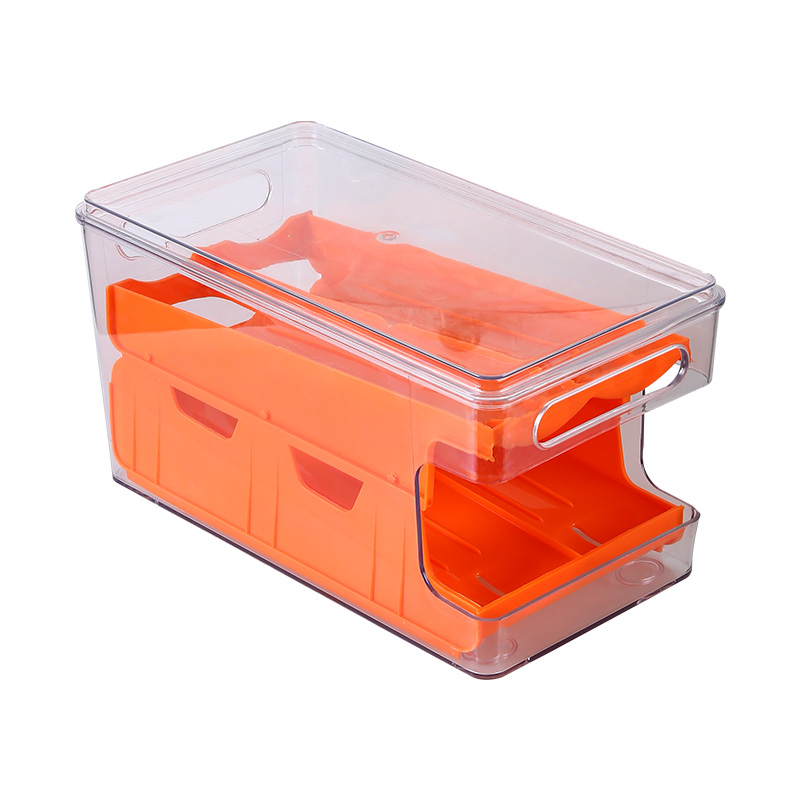
Dual-Layer Transparent Egg Storage Rack Eco-Friendly Slide-Type Household Kitchen
 English
English 中文简体
中文简体 Deutsch
Deutsch


